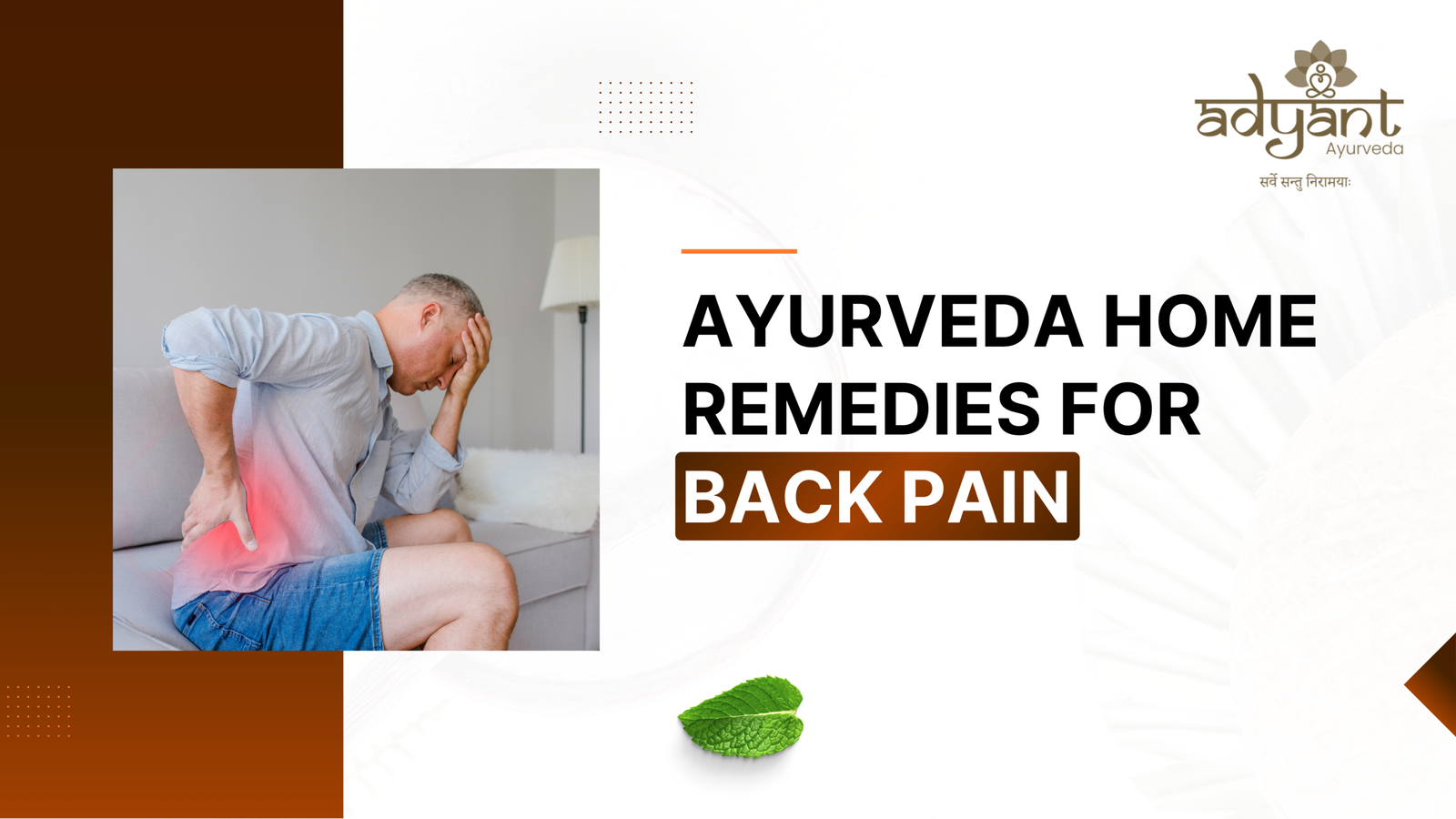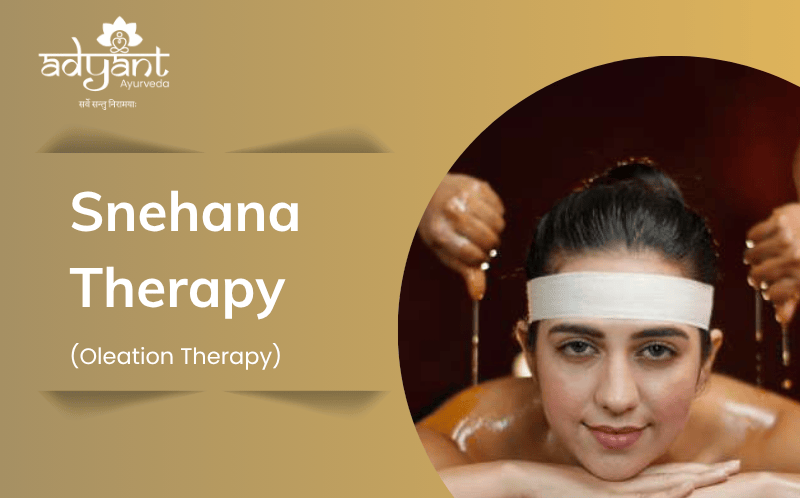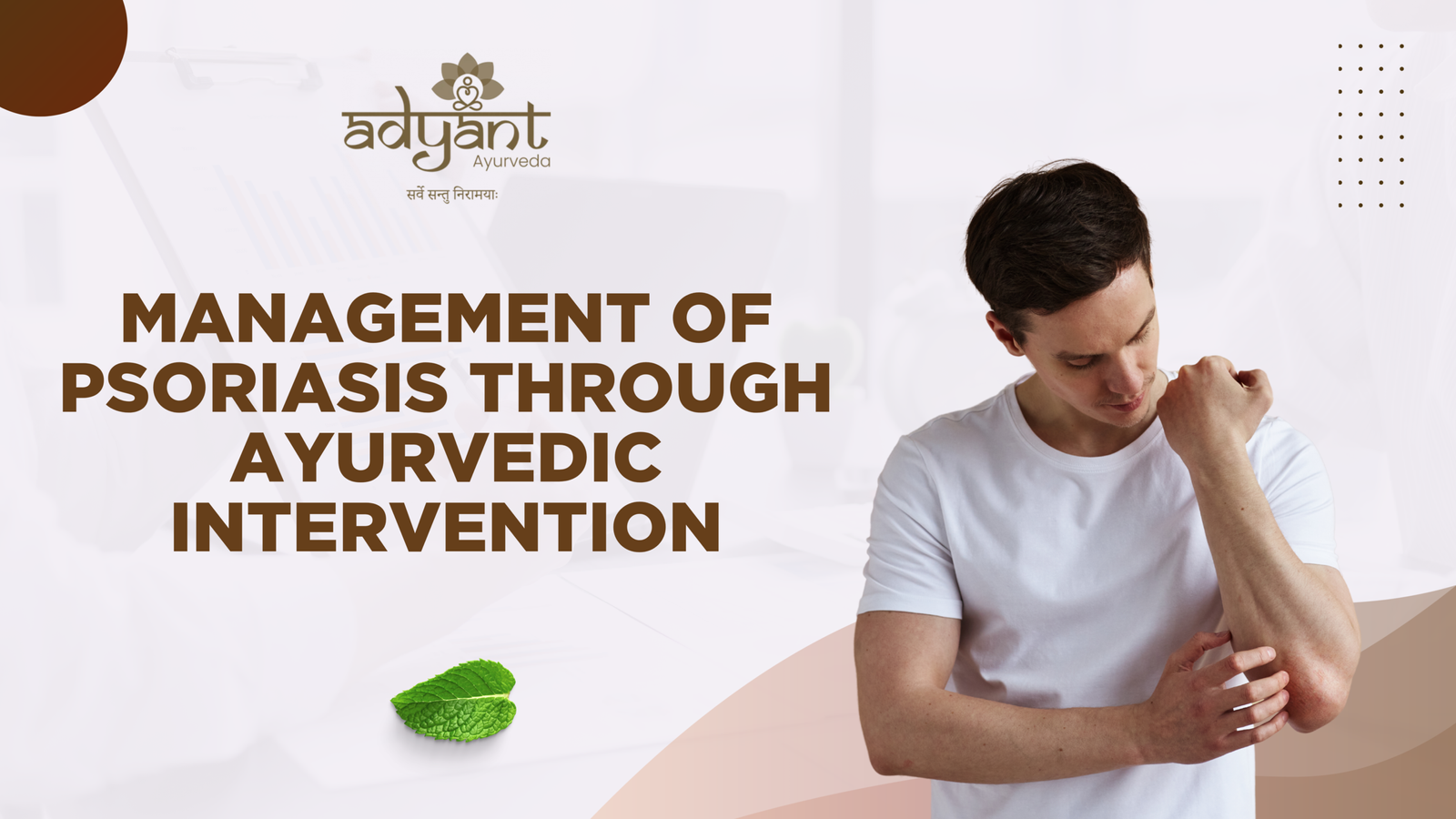Table of Contents
ToggleWhere surgery removes the lump temporarily, Ayurvedic treatment for lipoma focuses on correcting the root cause — improving metabolism, reducing fat tissue imbalance, detoxifying the body, and preventing recurrence.
Lipomas are soft, fatty lumps that form beneath the skin. Medically they’re harmless, but they can still cause discomfort, cosmetic concerns, or anxiety if they grow or appear in multiple areas.
Ayurveda explains this condition as Medoja Granthi, a growth formed due to Kapha imbalance, Meda dhatu (fat tissue) accumulation, weak Agni, and poor metabolic function.
🧭 What Is Lipoma in Ayurveda? (Medoja Granthi)
According to Ayurvedic classics, lipoma forms when:
Kapha dosha increases → promoting fatty tissue accumulation
Meda Dhatu (fat tissue) becomes excessive or stagnated
Agni weakens, leading to poor fat metabolism
Toxins (Ama) accumulate due to wrong food and lifestyle
This combination results in soft, movable, painless lumps beneath the skin.
Causes of Lipoma (Nidana) According to Ayurveda
Ayurveda identifies several internal factors that trigger lipoma formation:
1. Kapha Aggravation: Excess sweet, oily, cold, and heavy foods increase Kapha and Meda.
2. Weak Digestive Fire (Mandagni): Poor digestion → toxic buildup (Ama) → fat tissue imbalance.
3. Sedentary Lifestyle: Lack of movement reduces metabolism and increases fat accumulation.
4. Genetic Tendency: Some individuals are prone to lipomas due to hereditary factors.
5. Hormonal Imbalance: Affects the body’s fat distribution and metabolism.
🌱 Symptoms of Lipoma (Lakshana)
Soft, dough-like swelling under the skin
Painless and usually movable
Can appear on arms, back, neck, shoulders, thighs
May be single or multiple (Lipomatosis)
Slow-growing
Ayurvedic Treatment for Lipoma: How Ayurveda Shrinks Lipomas Naturally
Ayurveda aims to shrink lipoma naturally by correcting internal imbalances. Treatment involves herbal medicines, external therapies, Panchakarma, diet, and lifestyle modification.
1️⃣ Deepana & Pachana (Boosting Digestion & Removing Ama)
This is the foundational step in Ayurvedic lipoma treatment. Strengthening digestive fire is the first step.
Common herbs used:
Trikatu
Triphala
Guggulu formulations
These reduce toxins and prevent further fat tissue imbalance.
2️⃣ Lekhana (Scraping Therapy)
Lekhana therapy helps break down fat deposits and shrink the lipoma.
Best formulations:
Kanchanar Guggulu (primary medicine)
Triphala Guggulu
Punarnavadi Guggulu
Medohar Guggulu
These reduce Kapha & Meda accumulation and improve metabolism.
3️⃣ External Therapies for Lipoma Reduction
✔ Herbal Lepa (External Paste Application)
Used to reduce size, inflammation, and Kapha in the affected area.
✔ Udvartana (Dry Powder Massage)
Helps scrape excess fat and improves circulation.
✔ Abhyanga with Special Oils
Medicated oils regulate Kapha and enhance skin health.
✔ Kshara Lepa (Alkaline Paste)
Used for stubborn lipomas under medical supervision.
4️⃣ Panchakarma Treatment for Lipoma
For multiple or stubborn lipomas:
Udvartana – reduces superficial fat
Virechana – cleanses toxins & improves fat metabolism
Lekhana Basti – deep detox, reduces Kapha, supports fat correction
These therapies address the root cause instead of only the symptoms.
🌿 Best Ayurvedic Herbs for Lipoma Reduction
1. Kanchanar: Breaks down abnormal growths.
5. Turmeric (Haridra): Anti-inflammatory and Kapha-balancing.
Home Remedies for Lipoma (Safe, Easy & Effective)
While not a cure, they support the main treatment:
1. Castor Oil + Turmeric Lepa: Apply locally to reduce swelling.
5. Regular Dry Massage: Breaks superficial fat accumulation and improves circulation.
Diet Recommendations for Lipoma (Pathya)
Foods to Include
✔ Warm, light, freshly cooked food
✔ Ginger, garlic, turmeric, pepper
✔ Greens, barley, moong dal, millets
✔ Warm water throughout the day
Foods to Avoid
✘ Deep-fried foods
✘ Sweets, bakery products
✘ Curd, cheese, heavy dairy
✘ Cold drinks
✘ Excess wheat products
A Kapha-reducing diet is a crucial part of natural lipoma management.
✨ Why Choose Adyant Ayurveda for Lipoma Ayurvedic Treatment?
When dealing with lipomas, you want more than a symptomatic approach. You want a team that understands the metabolic root and treats it in a structured, evidence-based Ayurvedic way.
What Makes Us Different?
✔ Treatment for root cause (Kapha-Meda imbalance)
✔ Experienced Ayurvedic doctors
✔ Specialised Panchakarma therapies
✔ Customised diet & lifestyle plan
✔ 28+ years of Ayurvedic excellence
✔ Thousands of successfully treated patients
🏥 Adyant Ayurveda Clinics for Lipoma Treatment in Bangalore
We offer consultations & Panchakarma therapies across Bengaluru:
📍 Jayanagar
📍 Indiranagar
📍 RR Nagar
📍 Kalyan Nagar
📍 Bannerghatta Road
Conclusion – Ayurvedic Treatment for Lipoma
Lipomas, though usually harmless, can cause discomfort or aesthetic concerns. Ayurveda offers a natural and holistic approach to managing lipomas by addressing the root cause—imbalanced doshas and weak metabolism—through herbal remedies, therapies, and lifestyle modifications. With consistent treatment, including detoxification, strengthening of dhatus, and use of specific medicinal herbs, Ayurveda aims to reduce the size of lipomas and prevent recurrence, while promoting overall health. Consulting a qualified Ayurvedic practitioner ensures a personalised treatment plan for safe and effective results.
✍️ Author & ReviewerReviewer: Dr Shree Lakshmi, BAMS – Senior Consultant, Adyant Ayurveda
⚠️ Disclaimer: This content is for educational purposes only. Ayurvedic treatment varies based on individual Prakriti and medical condition. Always consult a qualified Ayurvedic doctor before starting any treatment or herbal medicine
FAQs Related to Lipoma Treatment in Ayurveda
Can Ayurveda treat lipoma without surgery?
Yes. Ayurveda helps shrink lipomas naturally by balancing Kapha and improving fat metabolism.
How long does Ayurvedic treatment take?
About 6–12 weeks for visible improvement.
Which Ayurvedic medicine is best for lipoma?
Kanchanar Guggulu is the most effective classical formulation.
Can lipomas disappear completely?
Small lipomas often shrink significantly. Larger ones may reduce in size but require consistent treatment.
Are lipomas dangerous?
No, they are benign. But fast-growing or painful lumps require medical evaluation.
Can lipomas return?
They can if Kapha imbalance persists. Ayurveda helps prevent recurrence.
Do dietary habits affect lipoma development?
Yes. Sweet, oily, heavy foods aggravate Kapha and promote lipoma formation.
Is lipoma related to obesity?
Not necessarily. Slim individuals can also develop lipomas.
Are home remedies effective?
They help when combined with Ayurvedic medicines & diet changes.
Is Udvartana helpful for lipoma?
Yes. Dry massage reduces superficial fat and supports treatment.
Can stress contribute to lipoma?
Indirectly yes, through metabolic imbalance.
Can Ayurveda help multiple lipomas?
Yes. It is effective for lipomatosis by addressing systemic causes.
Does losing weight remove lipomas?
Not always. Lipomas may remain even after weight loss.
Which Panchakarma is best?
Udvartana, Virechana, and Lekhana Basti.
Should I avoid oil massage?
Avoid heavy oils. Dry massage is preferred.
Can lipomas grow bigger?
Yes, slowly over time.
Can children get lipomas?
Yes, but they are usually harmless.
Do lipomas ever become cancerous?
Lipomas are benign. However, evaluation is recommended for any rapid changes.
Is online consultation available?
Yes. Adyant Ayurveda provides video consultations.
Is surgery recommended?
Only for very large, painful, or cosmetically concerning lipomas.








